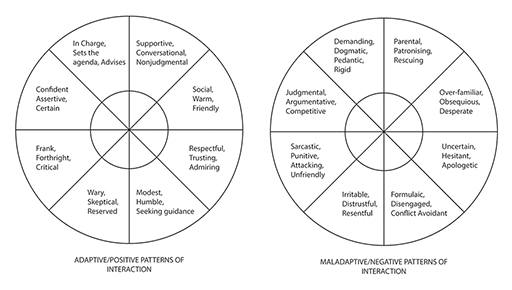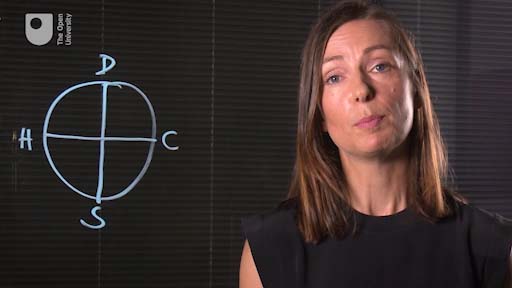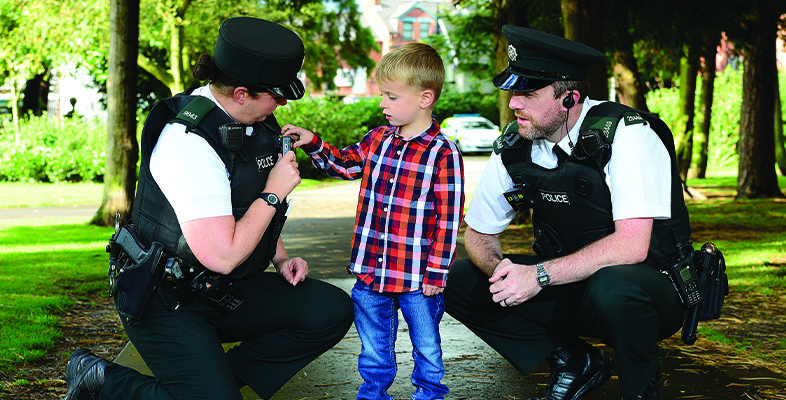3.1 Maladaptive and adaptive variants of the model
So far you have been presented with a very simple version of the model. However, to get the maximum advantage from working with it a bit more complexity needs to be added. Birtchnell (2014) developed the basic model of the interpersonal circle to take into account the fact that there are both ‘adaptive’ and ‘maladaptive’ versions of behaviour – an idea that was researched in a policing context by Alison et al. (2013), who developed their model of rapport based on coding many hours of police suspect interviews. The interpersonal circles they developed from this research are shown in Figure 2 below.

This more complex version of the model takes into account the fact that there are ways of relating that help to facilitate communication (adaptive behaviours) and those that tend to inhibit communication (maladaptive behaviours). The following video explains this idea further.

